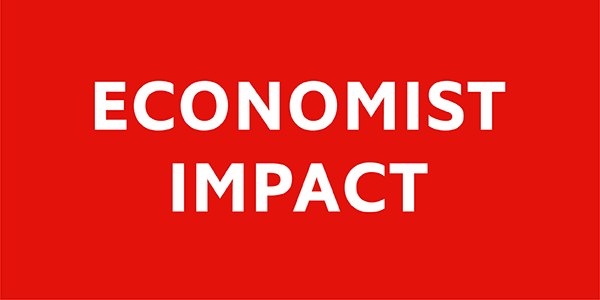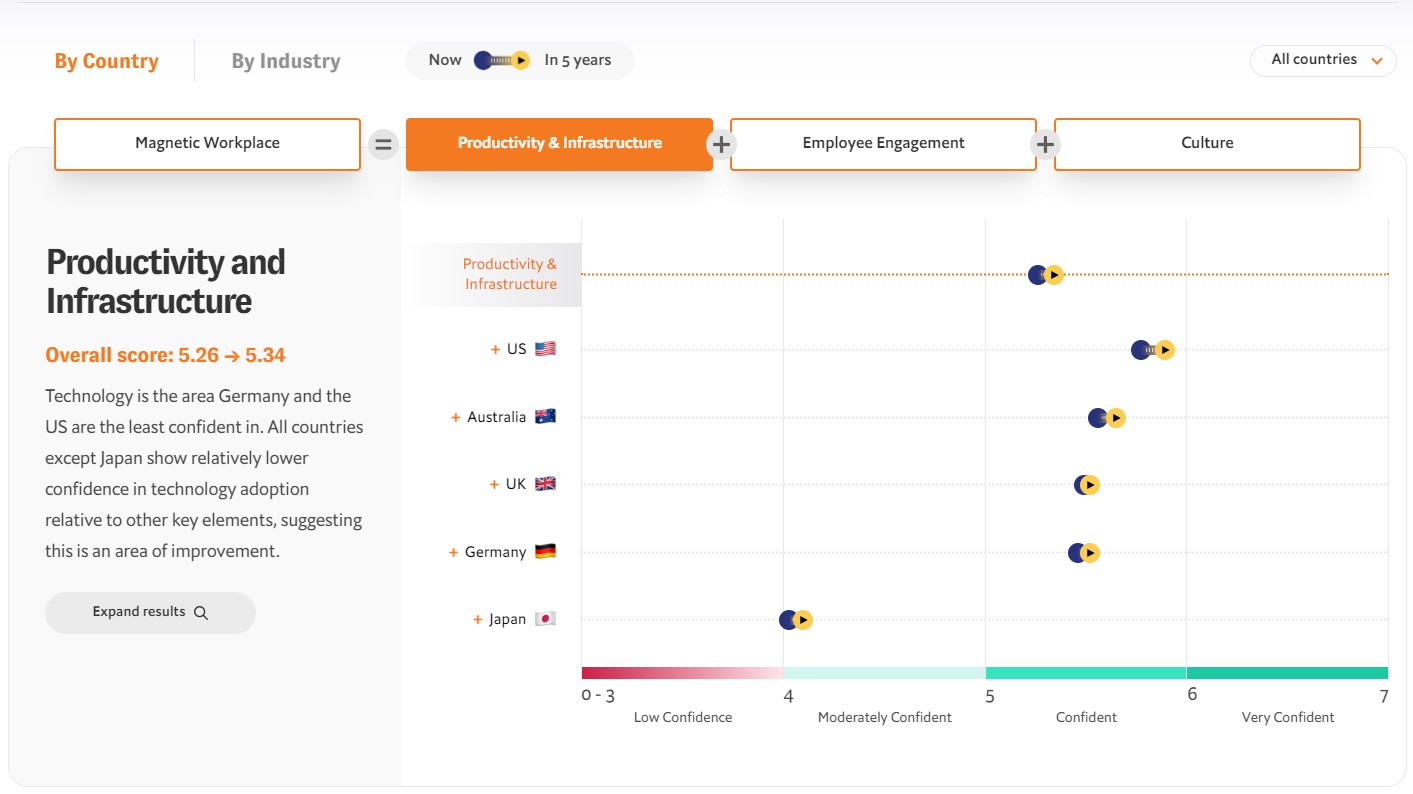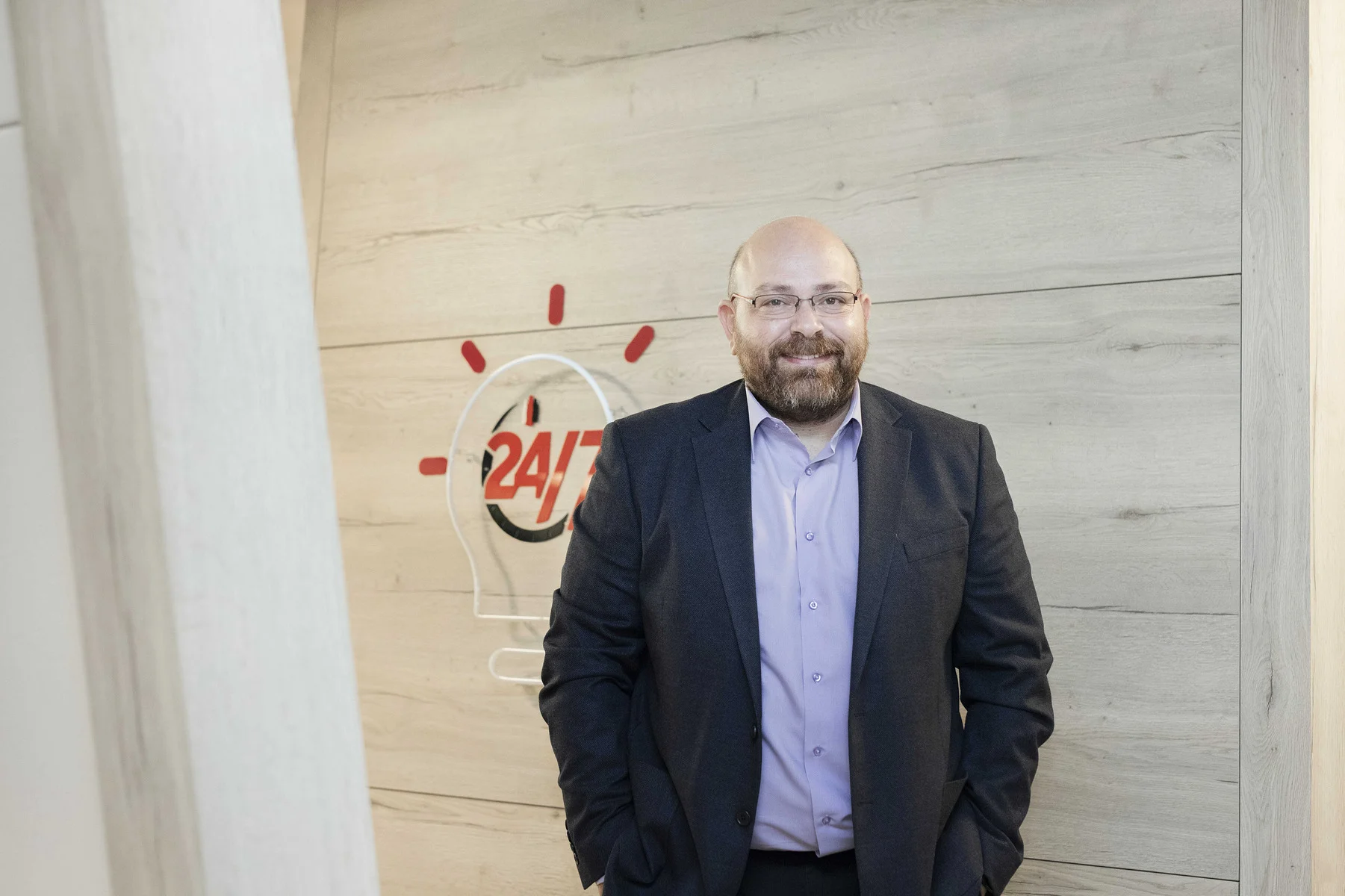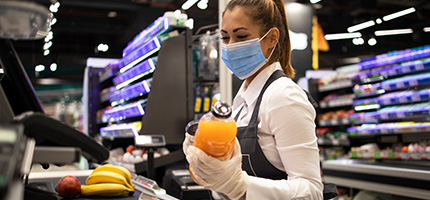
Home
Whitepaper


Barometer


Infographic


Custom content is written, produced or curated by either a sponsor or by EI Studios, the custom division of Economist Impact. Such placements are clearly labelled as Advertisement, Advertisement feature, Sponsored content, Sponsor perspective, or words to that effect wherever they appear on our website or apps. Neither The Economist news and editorial team, nor Economist Impact’s independent experts, have any involvement in the creation of this content.
Articles

Custom content is written, produced or curated by either a sponsor or by EI Studios, the custom division of Economist Impact. Such placements are clearly labelled as Advertisement, Advertisement feature, Sponsored content, Sponsor perspective, or words to that effect wherever they appear on our website or apps. Neither The Economist news and editorial team, nor Economist Impact’s independent experts, have any involvement in the creation of this content.
Custom content is written, produced or curated by either a sponsor or by EI Studios, the custom division of Economist Impact. Such placements are clearly labelled as Advertisement, Advertisement feature, Sponsored content, Sponsor perspective, or words to that effect wherever they appear on our website or apps. Neither The Economist news and editorial team, nor Economist Impact’s independent experts, have any involvement in the creation of this content.
A sustainable fresh start
In a new world of hybrid work, the Coca-Cola Hellenic Bottling Company’s Kyocera fleet of multifunctional devices enables sustainable printing and easy access, from Greece to Nigeria
Originating as a local beverage manufacturer in Greece in 1969, the Coca-Cola Hellenic Bottling Company (CCHBC) has since grown to one of the largest bottlers in the world, operating in 29 markets across Europe and Africa and covering around 700m consumers. Its aim is to provide a beverage for every occasion, which it does not only with leading global brands like Coke Zero and Sprite, but also local favourites such as Amita juices in Greece and the Balkans.

One size doesn’t fit all. We worked with Kyocera in understanding the business and the needs of our people in every location we operate in.
Coca-Cola Hellenic Bottling Company

PhilArty Photography
In managing logistics across such a large territory, with many product lines and customers, printing plays a critical role, especially when producing invoices from the company’s ERP systems. Key challenges involve facilitating collaboration between peers in a workforce that is geographically distributed, and between different parts of the business and participants in its supply chain. Scanning is an essential capability, too, as a long-standing drive to increase sustainability—CCHBC was named a leader in the Dow Jones Sustainability Index back in 2014—leads it to digitise much of its workflow around documents.
The firm looks for high uptime from the service-level agreements offered by its vendors, and wanted to create a consistent experience for staff who use and manage printers across all the territories it operates in, from Greece to Nigeria, while establishing cost-effective economies of scale.
Choosing the right partner for centralised printing
CCHBC started the process of choosing a partner that could unify its print fleet before the covid-19 pandemic, establishing a request for proposals within a framework that would give its businesses in individual countries the flexibility to negotiate a solution that fit their specific circumstances. “One size doesn’t fit all,” says Mr Koutromanos, user productivity suite governance and configuration manager at CCHBC. When Kyocera had been selected as the vendor, the two organisations worked together, “in understanding the business and the needs of our people in every location we operate in, and also what type of devices people should be using and what the anticipated printing volumes should be.”


PhilArty Photography
The process arrived at an optimised printing environment where the organisation had just those devices it needed to do the job and no more, supported by a range of services—including a cloud-printing solution, MyQ, implemented by Kyocera—that enabled features like ID-based access, scan-to-email, and faxing for those who need it.

When you manage to get people working with you, they are always more productive than if they are working for you.
Coca-Cola Hellenic Bottling Company
Another important part of the choice to go with Kyocera was the ability to transform the current printing environment to be cloud-based in future. CCHBC won’t have to install or maintain additional infrastructure to make the change, which is currently work in progress. Rather, Kyocera is assuming all responsibility for this domain, making it a “lift and shift” task for their client to move print management to the cloud.
Trust, respect and flexibility
Completing the unification of the printing fleet with Kyocera during the covid-19 crisis proved a test of the relationship between the two companies, as they worked to get devices in place amid workplace closures and supply-chain disruptions.
Mr Koutromanos says that CCHBC, which already had a long history with Kyocera and has set up a dedicated internal team to manage the relationship, has always been treated with great respect and given constant communication. But the pandemic conditions showed Kyocera’s flexibility and its willingness to go beyond the call of duty.

PhilArty Photography

Mr Koutromanos tells how the decommissioning of some office space during a covid-19 lockdown left ten devices stranded. Kyocera itself organised for the machines to be removed and redeployed at other facilities so there was zero financial impact for CCHBC, which discovered that Kyocera even has the capability to co-ordinate moving devices between countries if required, taking care of all the complicated logistics.
Kyocera showed its flexibility again by reaching a mutually agreeable solution when currency fluctuations in Nigeria made the cost of its printing solutions an issue for CCHBC’s local organisation. That accommodation from Kyocera gives Mr Koutromanos confidence that the two firms will be able to tackle future challenges and transformations together.
Sustainability for a changing workplace
Greater sustainability has been a key benefit that CCHBC looked for in unifying its device fleet—when selecting a print vendor, it was crucial for them to find a partner who would align with the organisation’s target of achieving net zero by 2040. In Kyocera, it has discovered a counterpart that also has sustainability as part of its DNA. The move has reduced the use of toner and replaceable components, since the ceramics Kyocera uses in its devices are exceptionally durable. It has cut paper wastage through print failures, and done more to enable digitalisation. Mr Koutromanos enthusiastically describes how the experience of scanning a document to his email address has taken as little as “literally three seconds”.

In Kyocera, CCHBC has discovered a counterpart that also has sustainability as part of its DNA.
Though achieving greater sustainability is an ethical imperative, it is also part of how CCHBC is engaging a workforce that Mr Koutromanos acknowledges now has greater expectations of empathy, flexibility and purpose than it did before covid-19. Creating a workplace that demonstrates sustainability is part of satisfying those expectations so that workers can feel more invested in what they do. “When you manage to get people working with you, they are always more productive than if they are working for you,” he says.

With many of its pandemic and printer-related challenges out of the way, CCHBC is embarking on a new phase of its life in the era of hybrid work. “People are still adapting new ways of being productive, being creative and driving impact,” Mr Koutromanos says. He connects the feeling he has today to the experience of recently seeing his son start school for another year. “This year the kids were free, and it was like a fresh start,” he says.
Produced by El Studios for

Discover more



















